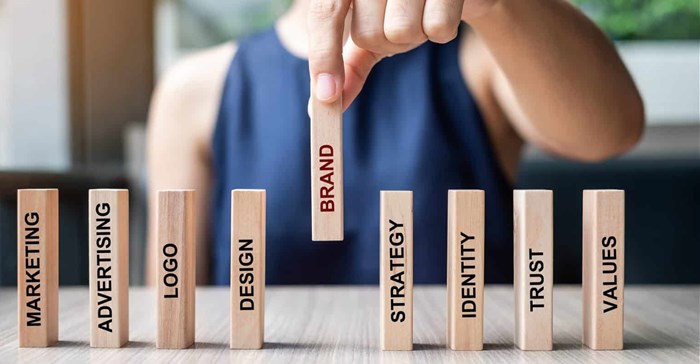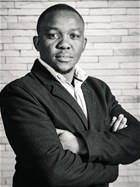In today’s increasingly globalised and hyper-competitive marketplace, it’s difficult to overstate the importance of a strong brand.
We all know that brand equity is the value that a company derives from having a recognisable brand with a strong reputation. We should all know, too, that brand equity gives consumers a reason to choose one product or service over another, even when they might be able to get what they want for less from a competitor.
Difference makes the difference
Ivan Moroke, CEO of Kantar South Africa, says that brand equity is built on three elements.
- Salience, which is how quickly a brand comes to mind when making a choice.
- Meaningfulness, which is how well the brand meets consumers’ functional and emotional needs.
- Difference, which is the extent to which brands are seen to offer something that others don't.
“All of these are important, but research from across the world shows the importance of difference, which is unsurprising in an age of so much parity,” he says.
“South African brands tend to perform stronger on salience and meaningfulness, but we’re a bit weaker on difference. The companies that get this right are noticeable – look at Woolworths, FNB or Nando’s, for example.”
Moroke adds that brands need to be seen to offer value, but that doesn’t necessarily just mean of the functional sort. “Sometimes emotional value is just as important, especially in times like these when things are so hard. We need to remember that consumers are human beings who connect with brands on an emotional level.”
Communicating value
Refilwe Maluleke, CSO of TBWA South Africa and MD of Yellowwood agrees, emphasising that even if you objectively offer great emotional and functional value, you must also ensure that value is crystal-clear to the customer.
“That’s a journey; you need to communicate that for a long time.” A fundamental way to communicate that value as a brand is to say things that are relevant to and connect with your audience.
Maluleke cites insurance brand PPS as one that gets this right. “They have a small audience – doctors, lawyers, accountants and the like – so they don’t communicate as much as other, larger insurers. But they published an interactive documentary called Finding the Forgotten Graduate, which I must’ve watched eight times already. It’s beautiful and profound, and it speaks to me. That’s how you stand out: not just by spending the most money, but by having something to say that people care about.”
Brands need to identify their moral compasses and align themselves appropriately with relevant issues, such as inclusivity, says Maluleke, giving the example of Nike’s campaign with footballer Colin Kaepernick in the wake of his taking the knee during the national anthem.
“The initial response was terrible, and the stock price plummeted, but then it quickly turned around, with consumers buying into it and celebrities endorsing Nike taking a stand. And you see that difference in the business results – the share price doubled and has stayed high ever since.”
Finding cultural relevance
Cultural relevance is another key element of brand equity.
Sechaba Khoaele, ECD of Six Finga gives the example of Bathu, a young brand that has stood out as distinctive in a market dominated by international brands.
“Bathu’s aesthetics are unforgettable, but when you look at the story behind the brand, it was created by someone with whom the target audience can identify.
That person knows their struggles, their environment, their heritage. Even the name – slang for “shoe” – is on point. It’s an important illustration of how brands can be culturally relevant and speak to the hearts of their target audience.” To do so, brands need to understand their audiences intimately.
“There are agencies that do real, on-the-ground market research, sending out researchers to experience a day in the life of their target consumer. You need to understand the space that your audience is in and play in that space, be visible in that space, use the language of that space.”
How can brands and agencies get this right, particularly in a noisy world where people are increasingly switching off to advertising? Ultimately, Khoaele believes it comes back to people.
“Hire the right people. It’s people who come up with ideas, write strategies and put their heads together to solve problems. Put the right people in the right positions to grow your brands, and you will never go wrong.”
Not everyone will want what you’re selling, but for sure, a brand should want those who do want what they’re offering, to love and support them—to develop an enduring relationship.
This can only be achieved through brand equity.
The message is clear: it doesn’t matter how you do it, but for true business success and sustainability, it’s incumbent on marketers and brands to create emotional attachments with their customers.
The above is based on Mongezi Mtati’s podcast, The Lead Creative, where he spoke about brand equity with Ivan Moroke, CEO of Kantar South Africa, Refilwe Maluleke, CSO of TBWA South Africa and MD of Yellowwood, and Sechaba Khoaele, ECD of Six Finga.



































